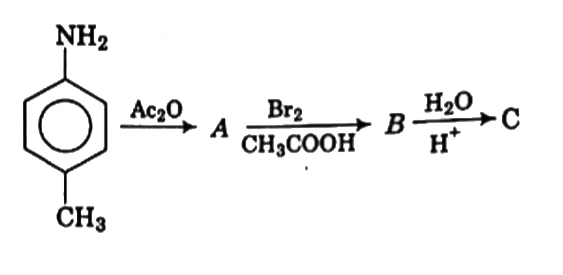A+CCl4+KOH→ Salicylic acid 'A' in above reaction is :
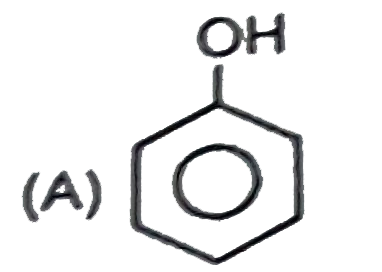
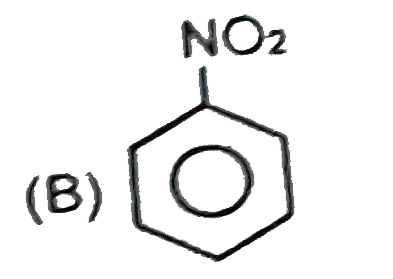
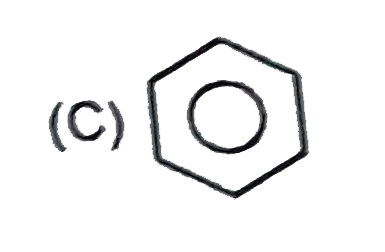
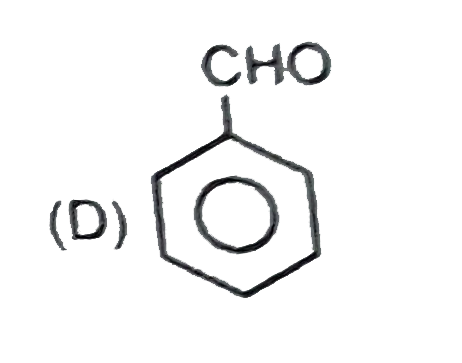
To determine the reactant 'A' in the given reaction that produces salicylic acid when reacted with CCl4 and KOH, we can follow these steps:
1. Identify the Reaction: The reaction involves the formation of salicylic acid from a compound 'A' when reacted with CCl4 and KOH.
2. Recognize the Product: Salicylic acid has the structure of a benzene ring with two functional groups: a hydroxyl group (-OH) and a carboxylic acid group (-COOH).
3. Recall the Riemer-Thiemann Reaction: This reaction is a known method for converting phenols into ortho- and para-hydroxybenzoic acids (like salicylic acid) using chloroform (CCl4) and a strong base (KOH).
4. Determine the Starting Material: The starting material 'A' that can undergo this transformation to yield salicylic acid is phenol (C6H5OH).
5. Write the Reaction: The reaction can be summarized as:
Phenol (C6H5OH)+CCl4+KOH→Salicylic Acid (C6H4(OH)(COOH))
6. Conclude the Answer: Therefore, the reactant 'A' is phenol.
Final Answer:
The reactant 'A' is Phenol.
Phenol (C6H5OH)+CCl4+KOH→Salicylic Acid (C6H4(OH)(COOH))
The reactant 'A' is Phenol.
Topper's Solved these Questions
Similar Questions
Knowledge Check
- Question 1 - Select One

End product ( C) in above reaction is :A B
B C
C D
D
- Question 2 - Select One

Product (C) of the above reaction is :A B
B C
C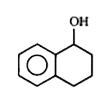 D
D
- Question 3 - Select One

Product (C) of the above reaction is :A1,3-hexadieneB1,4-pentadieneC1,3-butadieneD1,3-heptadiene
Phenol is heated with CCl4 and alkaline KOH when salicylic acid is produced. The reaction is known as
View SolutionFormation of Salicylic acid from phenol (Kolbe's reaction) is an example of
View SolutionConversion of Salicylic acid into phenol
View Solution
Product (C) ofthe above reaction is :View SolutionThe action of Br2/H2O on salicylic acid results in the formation of :
View Solution



